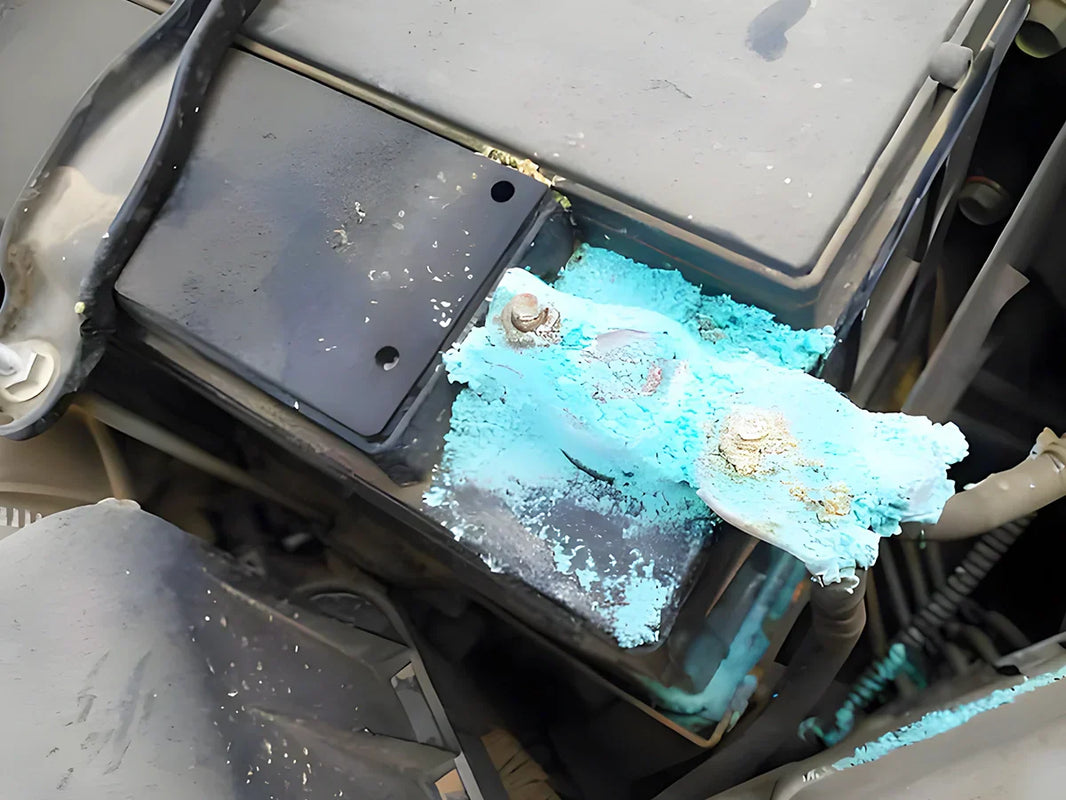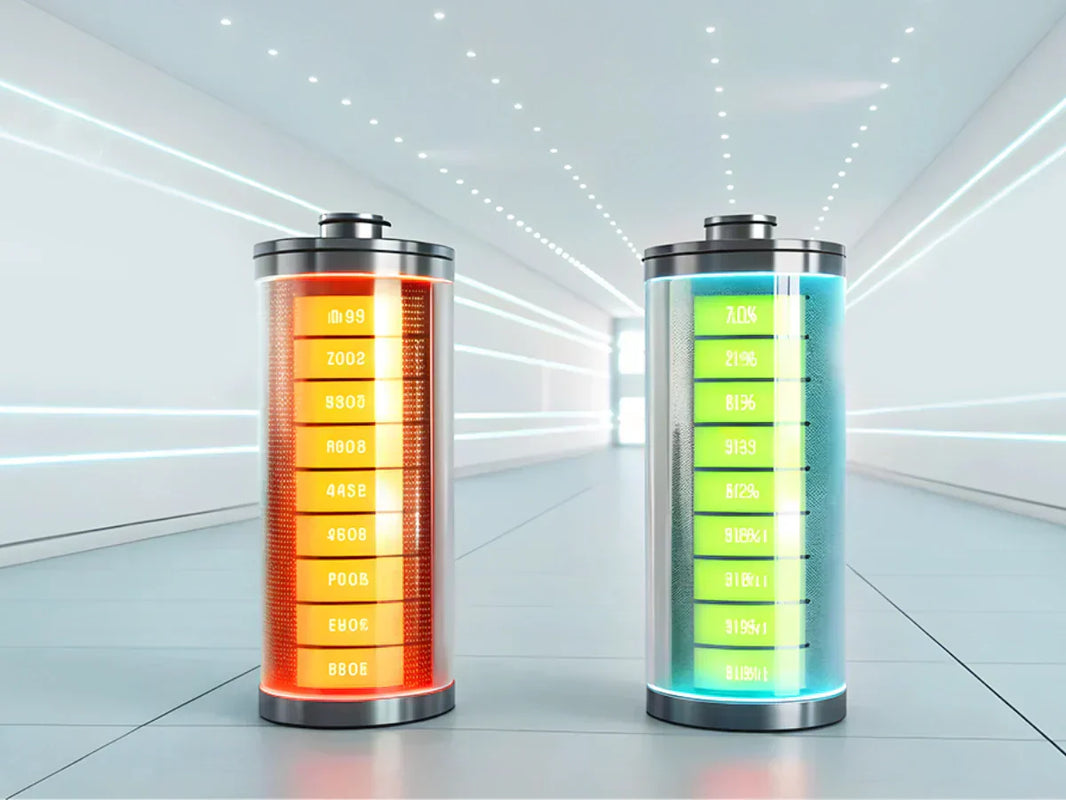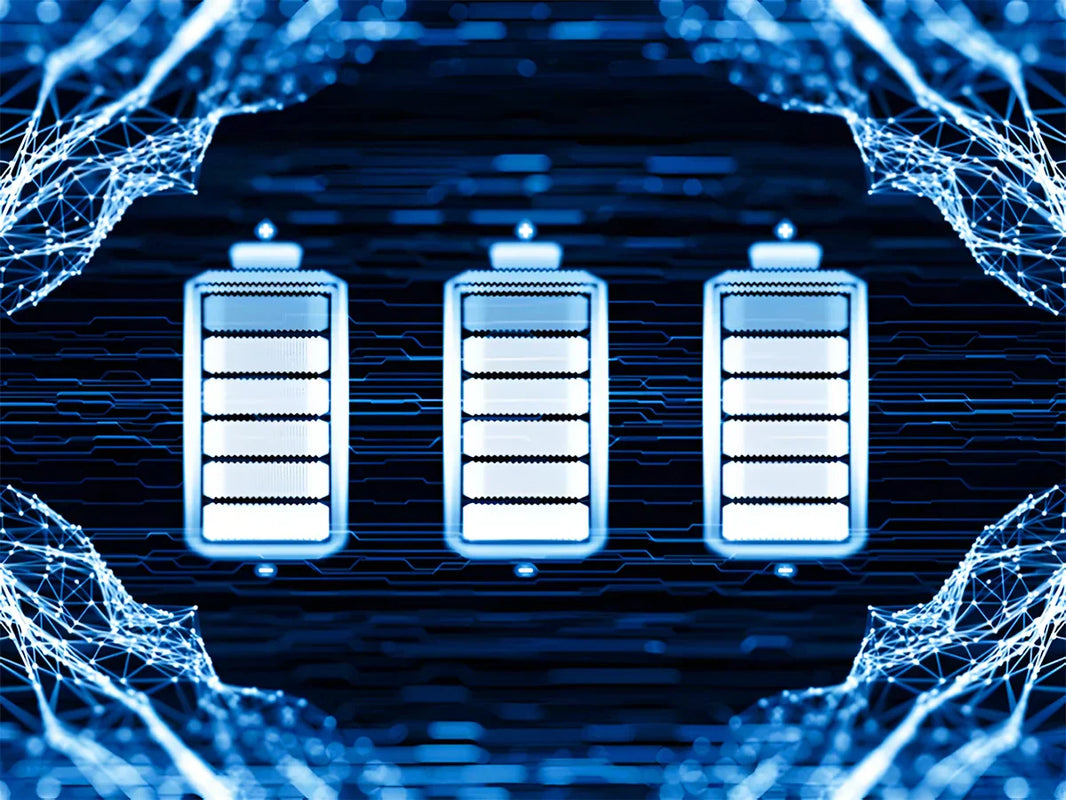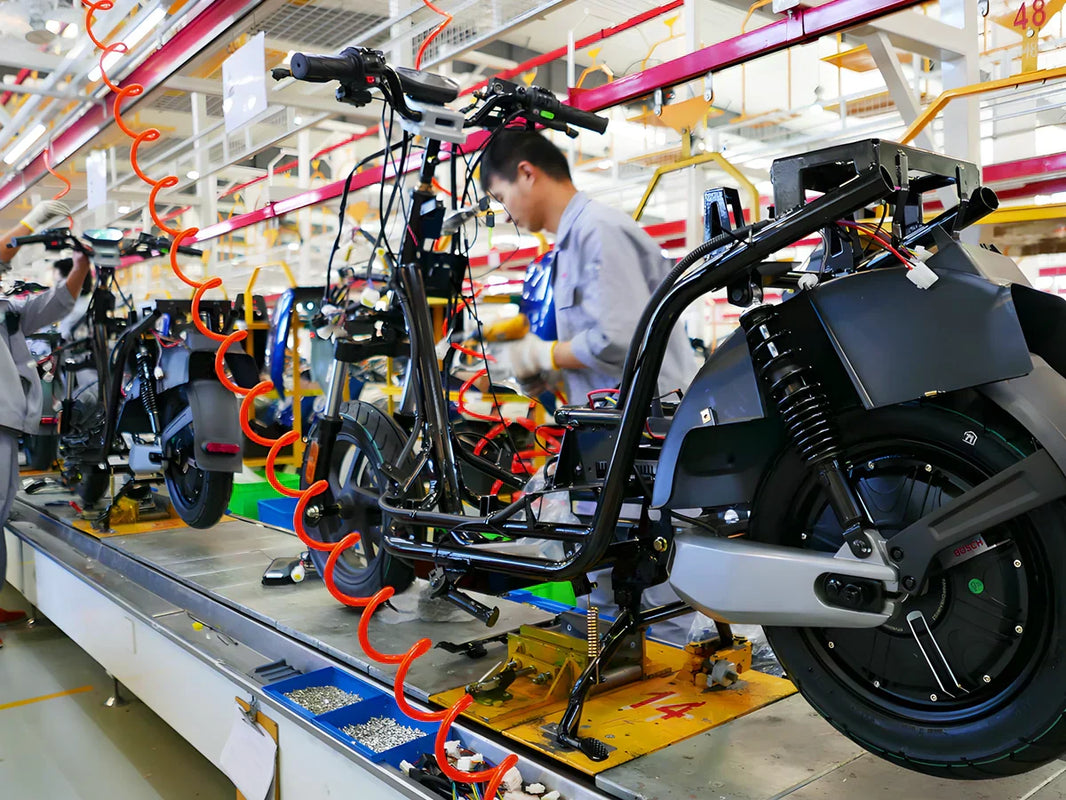
Since most of the designers and engineers engaged in the design of the body shape of electric vehicles come from the field of traditional automobile design, the characteristics and trends of the traditional internal combustion engine vehicle shape will also lead the development of the shape of electric vehicles to a large extent. However, as a new thing, electric vehicles have their own characteristics that are different from traditional vehicles. If these differences are ignored and the styling design of traditional vehicles is completely confused, it will limit the development of electric vehicle body styling. The differences between electric vehicles and traditional vehicles in terms of mechanical structure and control technology are mainly manifested in the following three aspects.
1. Different structure and spatial layout
The biggest difference between electric vehicles and traditional internal combustion engine vehicles is the difference in the generation and transmission of driving energy. Traditional internal combustion engine vehicles generate energy by burning fossil fuels in the engine, and transmit the power of the engine to the driving system through clutches, transmissions, drive shafts, etc. Electric vehicles use the on-board battery to store energy, and the energy can be transferred to the motor through the power transmission line, and the motor drives the vehicle forward. Because electric vehicles use smaller electric motors to replace the engines of traditional internal combustion engine vehicles that occupy considerable space at the front end of the vehicle, and generally do not require large and complex mechanical transmission systems. Therefore, the internal structure of electric vehicles is quite different from that of traditional internal combustion engine vehicles, which directly results in differences in body shape. Compared with traditional internal combustion engine vehicles, the engine that occupies a considerable amount of space is gone, so the distance of the front overhang can be greatly shortened compared with traditional vehicles, and the front part of the front wall to the front windshield can also be shortened to a certain extent. Designers are more flexible in dealing with the proportions and lines of various parts of the body, with greater degrees of freedom, and it is easier to achieve novel and sci-fi shapes.

2. Integration
One of the development directions of electric vehicle technology is integration. The use of wire-controlled technology simplifies the transmission system and occupies less space, thereby improving the space utilization of electric vehicles, the chassis is also flatter, and the degree of freedom in modeling is also greater. Electronic control-by-wire technology enables the vehicle's steering system, braking system and other on-board systems to be controlled electronically rather than traditionally mechanically. The body and the chassis are connected through an interface, and the mutual influence between the body design and the chassis design is gradually reduced, and a more modular splicing method can be adopted for the two, and the autonomy of the body shape is significantly improved. More and more electric vehicles are now using advanced performance electric wheel (also known as in-wheel motor) drive technology. In the electric wheel drive mode, the electric motor and the planetary gear reduction device are installed in the hub of the driving wheel, and even the motor (mostly permanent magnet brushless type) can be used to directly drive the wheel, which further reduces the volume of the power and transmission device. Since electric wheel drive technology does not require complex mechanical transmission components such as gearboxes, drive shafts and drive axles of traditional internal combustion engine vehicles, the vehicle structure is greatly simplified. However, the electric wheel drive method requires the electric motor to have a lot of torque at low rpm to meet the power requirements of the vehicle when starting and accelerating.

3. Intelligent
Intelligence is an important development trend of electric vehicles. The application of advanced equipment such as Brake Force Distribution System (EBD), Body Stability Program (ESP), Intelligent Parking Assist System, and Intelligent Braking System can greatly improve driving safety. The continuous development of intelligent electric vehicles will continue to reduce the probability of traffic accidents, and ultimately achieve the goal of "zero collision". It is foreseeable that intelligent electric vehicles will not only achieve zero fuel consumption and zero emissions, but will eventually eliminate congestion and accidents in future urban traffic.
















